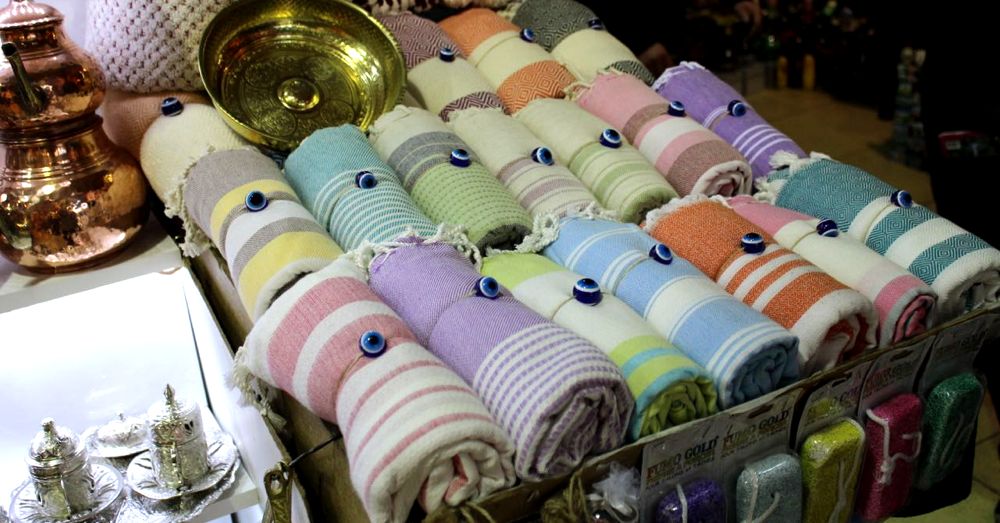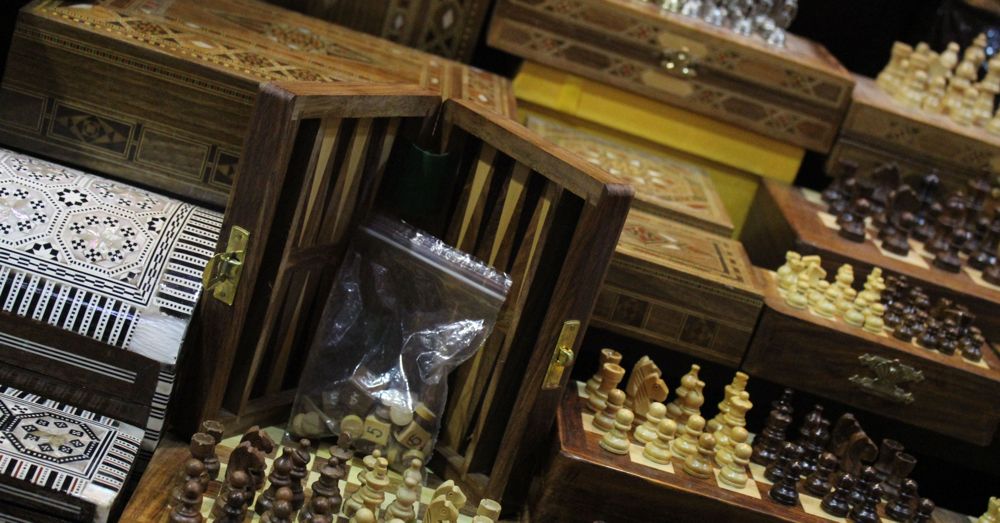Monday 16-03-2015 & Tuesday, 17-03-2015.
Days 208 & 209.
The Grand Bazaar and the Blue Mosque are two places that everyone says you have to visit when you're in Istanbul. Because we were enjoying a leisurely pace while we were in Istanbul, we waited until our last few days to explore these iconic tourist attractions.
Grand Bazaar
The Grand Bazaar has been around for a long time. Building began around 1455 at the request of Sultan Mehmet II who wanted a place for textiles merchants to congregate. This was only a few years after the Turks took over Constantinople from the Byzantine Empire in 1453.
It grew over the years as more and more merchants set up their shops in the area. They say the Grand Bazaar reached its current size around the 17th century, and today it consists of more then 60 streets and something like 3,000 shops. Check out this map of the Grand Bazaar to see just how big it is.
But the Grand Bazaar offers shoppers more than just textiles these days. You can find pretty much anything you'd like to buy there, from clothing to food to leather goods to jewelry (lots of jewelry) to carpets to lamps to plates and bowls to games.
There are plenty of food options, too. One of our favorite stops was Sark Kahvesi, located in the center of the Grand Bazaar. You may remember this is where we had our best Turkish coffee when we did our coffee tour of Istanbul.
Walking through the Grand Bazaar is a great experience. There are so many sights and sounds coming at you and many of the streets look so similar it's easy to get turned around. It can be a bit confusing, but after a while it starts to make sense.Eventually you'll find an exit that will help re-orient you for another pass through the chaos.
Everywhere you turn, though, they advertise the Grand Bazaar App (iOS/Android) to help you shop (and find out where you are). We didn't download it, so we can't really say anything about it, but it does have its own Facebook page.
Even the streets outside the covered areas of the bazaar are filled with shops and restaurants and are typically crowded with people. If you like shopping—and bargaining—a visit to the Grand Bazaar is a little bit of paradise.
Egyptian Bazaar (Spice Bazaar)
A short walk from the Grand Bazaar you'll find the smaller, more intimate Egyptian Bazaar, so called because it was built with profits from the Ottoman Empire's business dealings in Egypt. Historically, this place was (and still is) the central trading hub for spices in Istanbul, so it's often called the Spice Bazaar or the Spice Market. It's located near the Yeni Camii (the New Mosque) and is actually part of the mosque complex.
Although there are a few textile shops under its roof, the Spice Bazaar is mostly about spices and Turkish delight shops along with a few others that sell dried fruits and nuts and soap.
It was built in 1660, so it's not as old as the Grand Bazaar or as large. Today the Spice Bazaar has 85 shops. When compared to the 3,000 of the Grand Bazaar, it may not seem like that much, but there is still plenty to buy in a somewhat more intimate setting.
Blue Mosque
Sultanahmet Mosque, is popularly known as the Blue Mosque because of the 20,000 handmade blue Iznik tiles used to decorate its inside walls. Iznik tiles, by the way, come from Iznik (naturally), a small town just south of Istanbul that was known for its exceptional and much sought after pottery in the 17th century.
This new mosque, commissioned by Sultan Ahmet I in 1609 and completed in 1616, was built in front of the the Ayasofya (formerly the greatest church in the world, which at the time was being used as a mosque) and near the crumbling ruins of the once-extravagant Hippodrome as a demonstration of Ottoman power. When its doors opened, it replaced the Ayasofya as the premier mosque in Istanbul.
The Blue Mosque one of tow mosques in Turkey with six minarets (the same number as Mecca's Ka'aba). Other mosques we saw in Istanbul only had either one, two or four minarets. I'm not sure of the significance of this, but it was pointed out to us a few different times.
Entrance to the Blue Mosque is free, but there are conditions. First of all, it's an active mosque, so during salat (Muslim prayer), it's not open to visitors. When we were there, visitors could only enter from 8:30 a.m. to 11:30 a.m., then again from 1:00 p.m. to 3:15 p.m., and finally from 4:15 p.m. to 5:00 p.m.
Secondly, proper dress is required. Men can't wear shorts and women must cover their heads, arms, and legs. Fortunately, after visiting various temples and sacred places throughout Asia for the past four months, we were prepared.
Visitors enter the mosque from the rear of the building. This is a different entrance than used for worshipers. If women do not have appropriate dress (and many didn't when we visited), they can pick up a shawl to cover up from a small kiosk along the path.
After walking through a very low, very narrow entryway, all visitors are prompted to remove their shoes. There are huge rolls of plastic bags along the red carpet leading to the entrance of the mosque proper, and everyone is given a free plastic bag for them to put their shoes in while they are inside the mosque (we just put ours in our backpack). As you might expect, they give out a lot of plastic bags.
The inside of the mosque was a spectacular sight. There was some sort of sermon going on during our visit, and no one was allowed to venture outside of the fenced-off visitors area. But we still had plenty of room to take in the incredible artisan-ship that went into crafting the mosque. The tiles are really something to see. Even the carpet (which is replaced regularly).
Little Havana
Our last meal in Istanbul was at a place called Little Havana, a small, friendly restaurant just off the beaten path a short distance from Sultanahmet Square. Samantha had read good things about it, so we decided to check it out.
It was still early when we found the place, only about 5:00 p.m., and as we stood there reading the inviting signage and wondering if it was open, the gregarious owner came out and beckoned us inside. Based on the name, I was expecting Cuban cuisine, or at least Cuban-influenced cuisine. That wasn't the case, though. It was traditional Turkish food, cooked by the owner's wife. And it was really good.
The interior was decorated with pictures and models of American muscle cars and ,while we were there, played nothing but Bob Marley in a loop. So Cuban name, Turkish food, American cars, Jamaican music (and free wi-fi). If you're visiting Istanbul, put this place on your list of places to eat—it's worth a visit.

Tom Fassbender is a writer of things with a strong adventurous streak. He also drinks coffee.




















